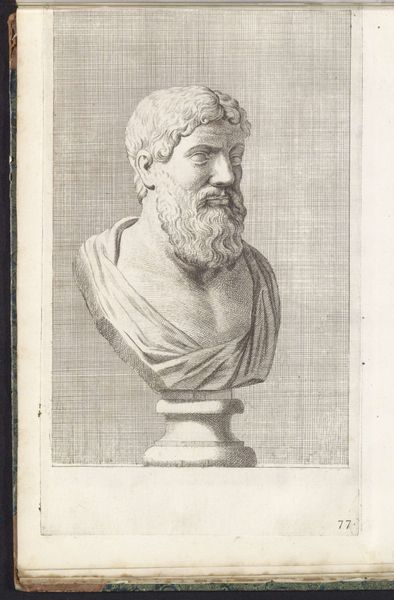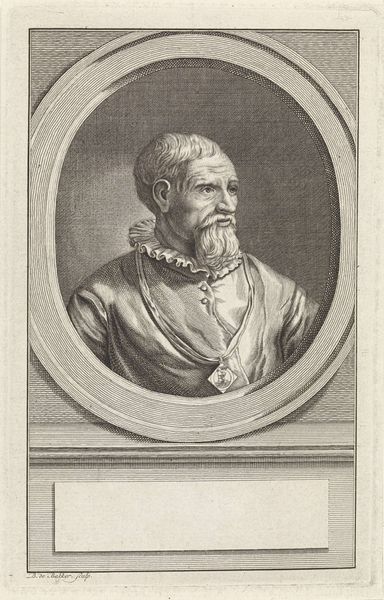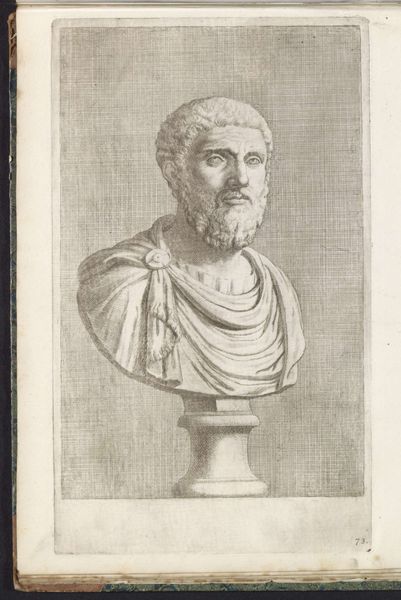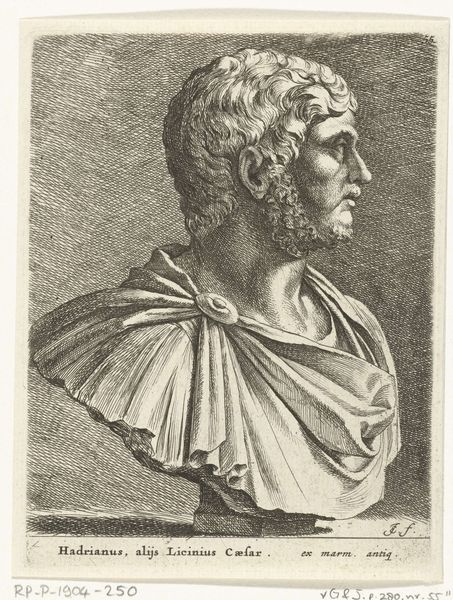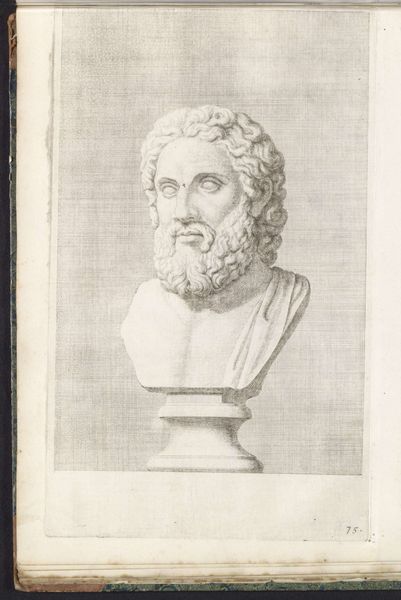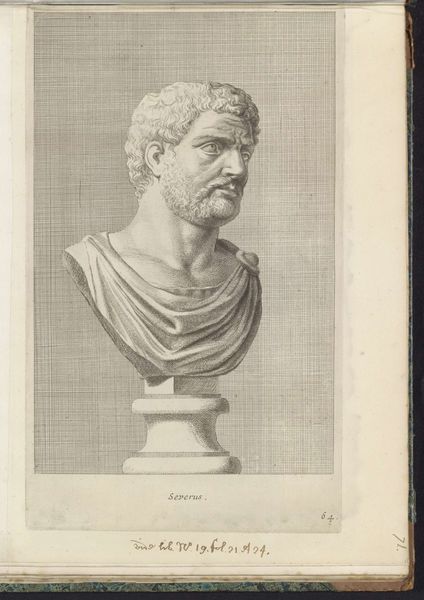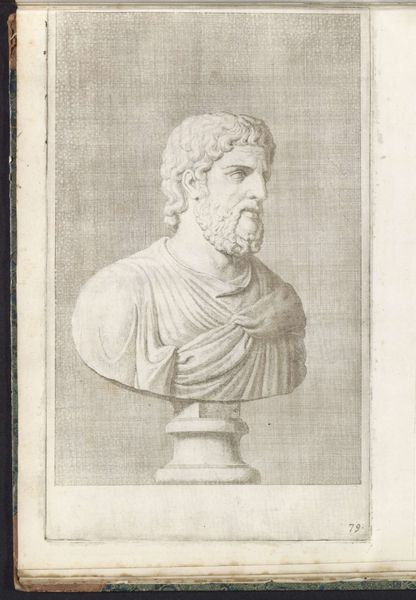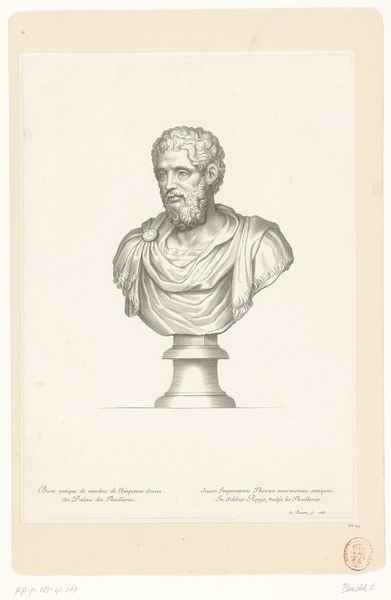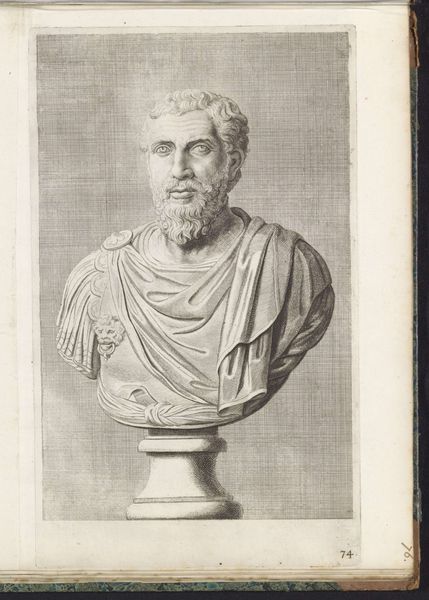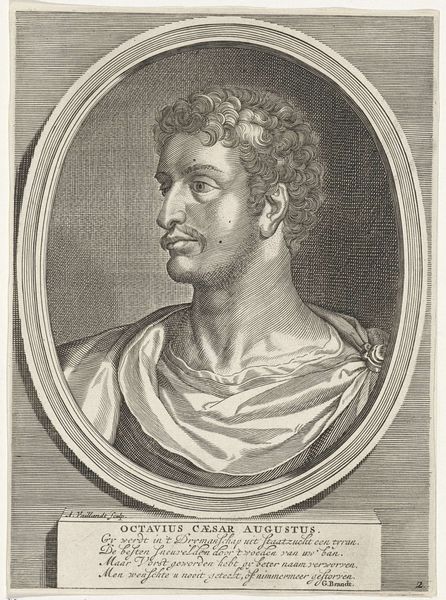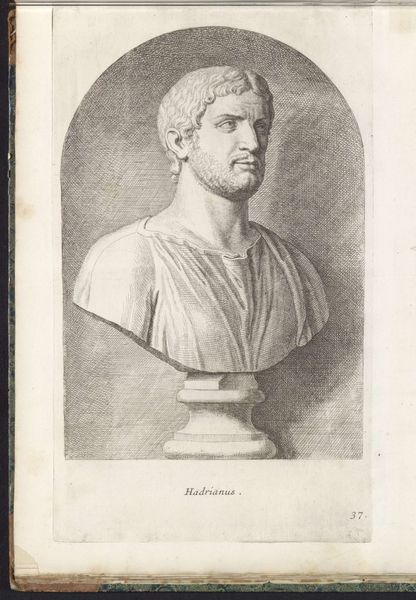
print, engraving
#
portrait
# print
#
greek-and-roman-art
#
old engraving style
#
classical-realism
#
figuration
#
pencil drawing
#
history-painting
#
engraving
Dimensions: height 220 mm, width 135 mm
Copyright: Rijks Museum: Open Domain
Editor: So, this is a print entitled "Portret van Aristophanes" by Willem van Senus, created sometime between 1783 and 1851. It's currently held in the Rijksmuseum. Looking at it, I am struck by how clean and crisp the lines of the engraving are. What can you tell me about this work? Curator: Well, as a materialist, I'm immediately drawn to the process. Consider the labor involved in producing this print. The artist, van Senus, would have meticulously etched the image into a metal plate. Think about the socio-economic context. Who had access to these kinds of images? Engravings like this facilitated the dissemination of knowledge and the construction of historical narratives among a certain class of society. Who commissioned this portrait, and what purpose did it serve in its time? Editor: That's a fascinating point. I hadn't thought about it in terms of access. I guess I assumed that printed images were quite commonplace, but who were they trying to reach at the time? Curator: Exactly. Consider the quality of the materials - the paper, the ink. These were not inexpensive. The consumption of such images also reflects a desire for knowledge, a claim to classical learning. It’s also interesting to me how the artist chose engraving as a method to connect to the tradition, given that history has survived until our times through sculptures, written texts or copies. In many ways, choosing an engraving means choosing reproducibility but it also reveals the artist's view of craft and art as socially valuable labour. Does that make sense? Editor: Absolutely, thinking about the materials and labour involved really shifts my understanding. It’s not just an image, but a product of a specific social and economic framework. Curator: Precisely. It changes how we value the artwork, I think. It acknowledges both the skilled hands and broader historical forces that shaped it.
Comments
No comments
Be the first to comment and join the conversation on the ultimate creative platform.

